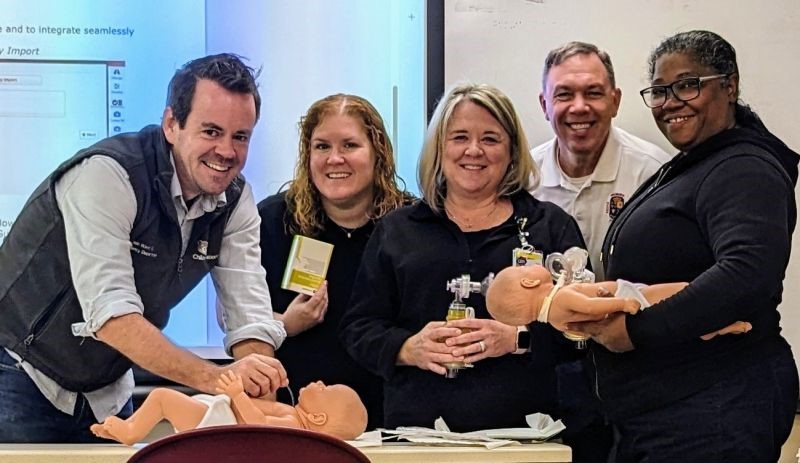Emergency Medical Services for Children Program
The national Emergency Medical Services for Children (EMSC) Program works in communities around the country to improve the quality of pediatric medical care, with the goal of reducing childhood morbidity and mortality that results from severe illness or trauma. This federal initiative evolved out of a growing recognition that children have unique needs in emergency situations, which often vary from those of adults due to physiological, developmental and psychological differences.
The primary goals of the federally-funded EMSC State Partnership programs are to:
- Expand the uptake of pediatric readiness in emergency departments
- Improve pediatric readiness in Emergency Medical Services systems
- Ensure disaster plans address the needs of children
- Prioritize and advance family partnership and leadership in efforts to improve EMSC systems of care
DC Emergency Medical Services for Children Program at Children’s National Hospital
Since 1987, the DC EMSC Program has focused on implementing EMSC performance measures and other initiatives to improve pediatric emergency care for all children in the District of Columbia.

The Emergency Medical Services for Children State Partnership Program in the District of Columbia (DC EMSC) is based out of the Emergency Medicine and Trauma Center at Children’s National Hospital. The program relies on key partnerships to achieve its objectives and would not be possible without the support and collaboration of DC Health, DC Hospital Association, DC Fire and EMS, and the EMSC Advisory Committee.

Making Emergency Care Better
The DC EMSC team partners with Children’s National Hospital and a network of subject matter experts to provide free training to emergency department and prehospital clinicians who want to improve their knowledge and skills in caring for children in emergency situations.







